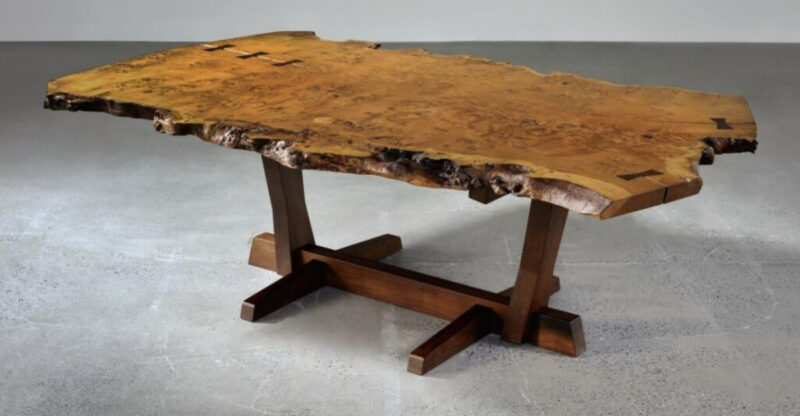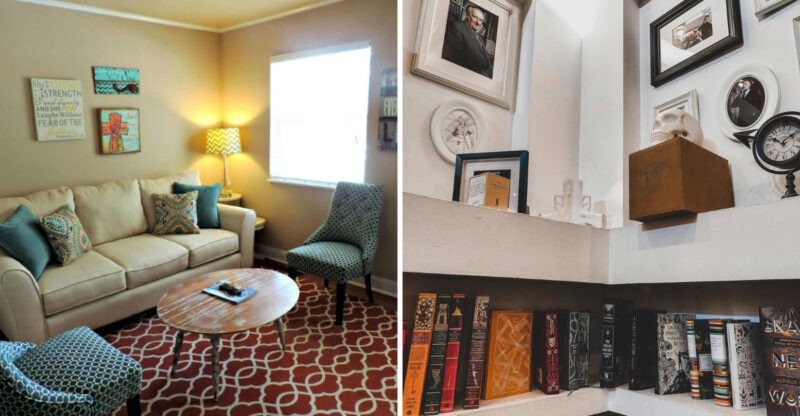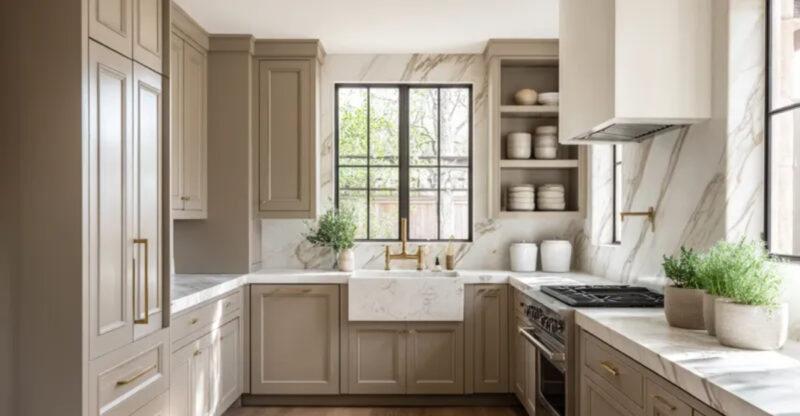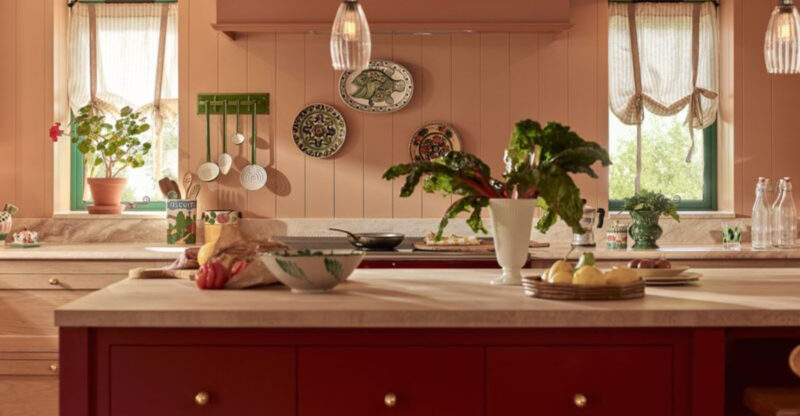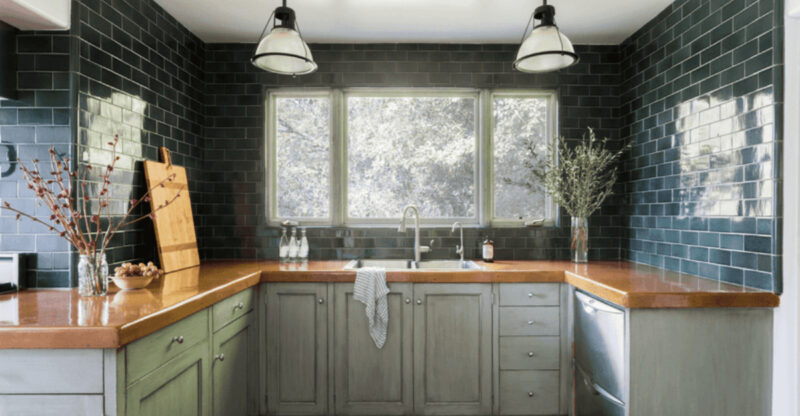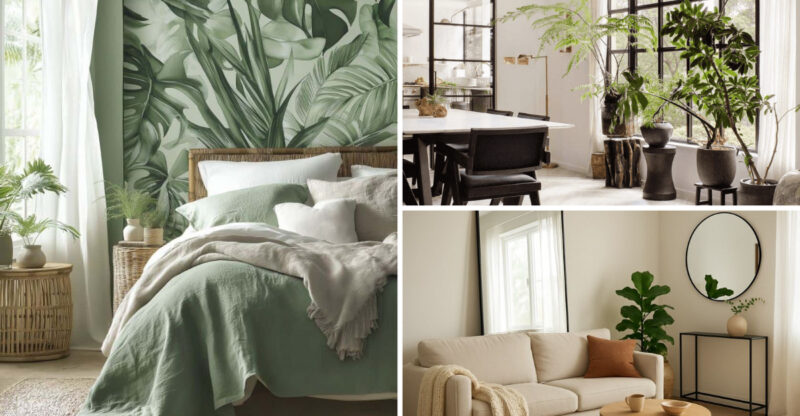Small Living Room Here Are 9 Ways To Create The Illusion Of Space
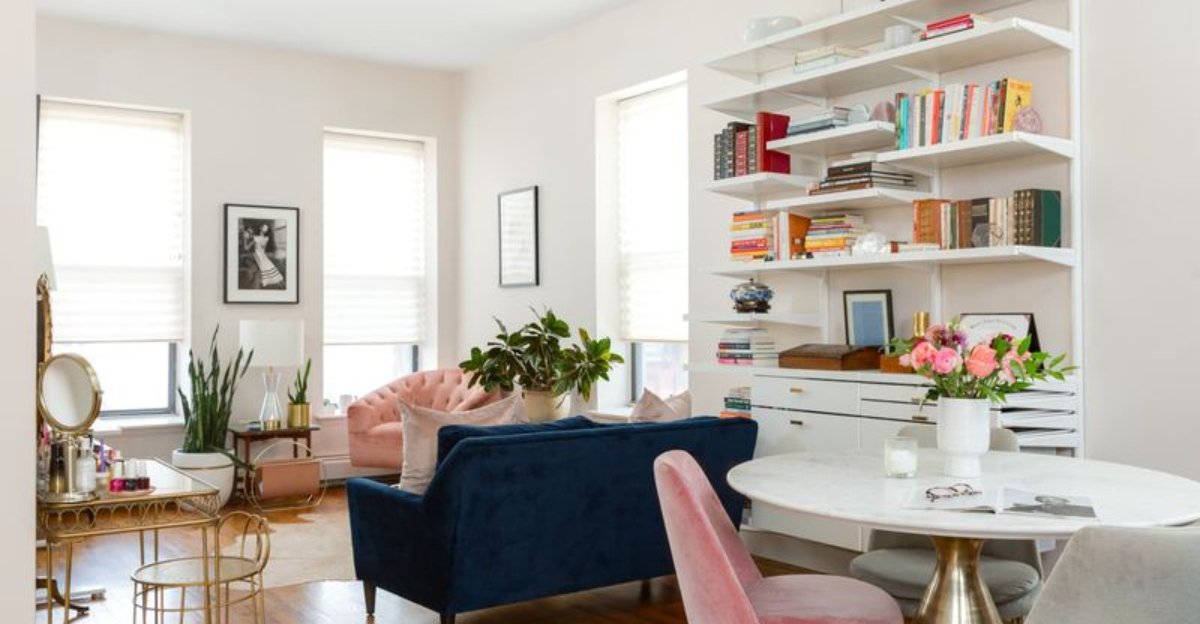
Living in a small space doesn’t mean you have to feel cramped. With some clever design tricks, you can make your tiny living room feel much bigger than it actually is.
I’ve gathered nine fantastic ways to create the illusion of more space in your small living room. These simple changes can transform your compact space into one that feels open, airy, and inviting.
1. Use Light, Neutral Colors
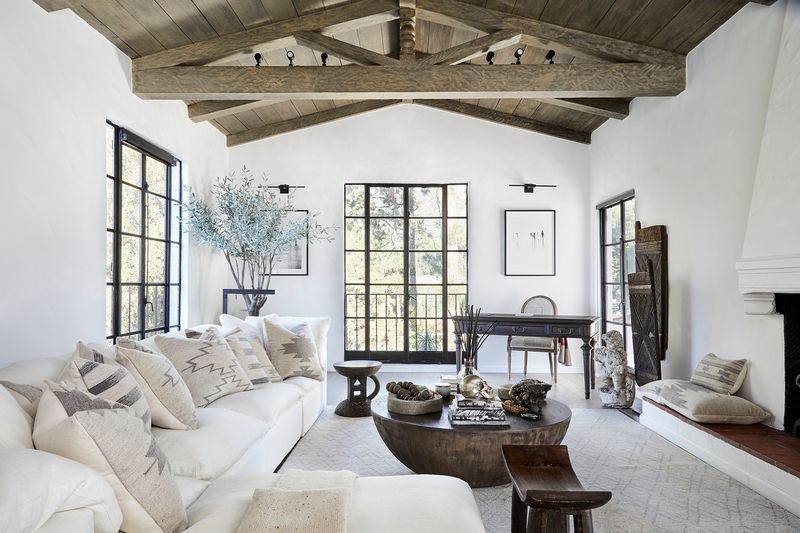
Light colors make any room feel more spacious and airy. I always recommend painting your walls in soft whites, creams, or pale grays to reflect natural light better. This simple change can instantly make your living room feel twice as big!
Don’t forget about your furniture and décor too. Choosing sofas and chairs in lighter shades helps them blend with the walls, creating a seamless look that expands the space visually. If you’re worried about keeping light colors clean, opt for washable slipcovers or stain-resistant fabrics.
Even your ceiling can help painting it a shade lighter than your walls draws the eye upward, making your ceilings appear higher.
2. Hang Mirrors to Reflect Light
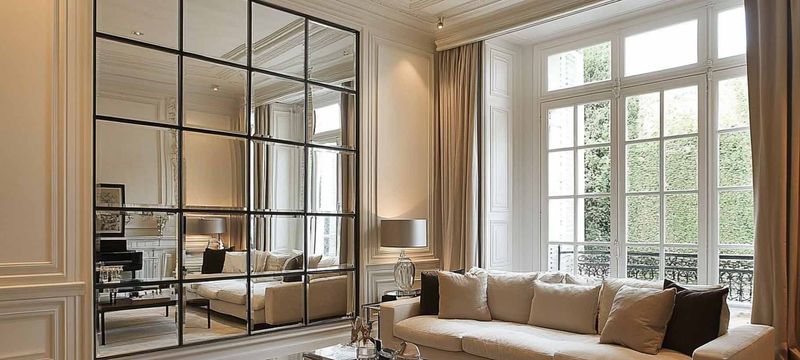
Mirrors are magical when it comes to creating the illusion of space! When strategically placed across from windows, they bounce natural light throughout the room and instantly make it feel twice as large. I’ve seen tiny apartments completely transformed just by adding a large statement mirror.
Try hanging a floor-to-ceiling mirror on one wall, or create a gallery of smaller mirrors for both style and function. The reflection tricks your brain into perceiving more space than actually exists, making your living room feel expansive and open.
Where you place mirrors matters too position them to reflect your favorite view or a light source rather than clutter or blank walls.
3. Choose Furniture with Exposed Legs
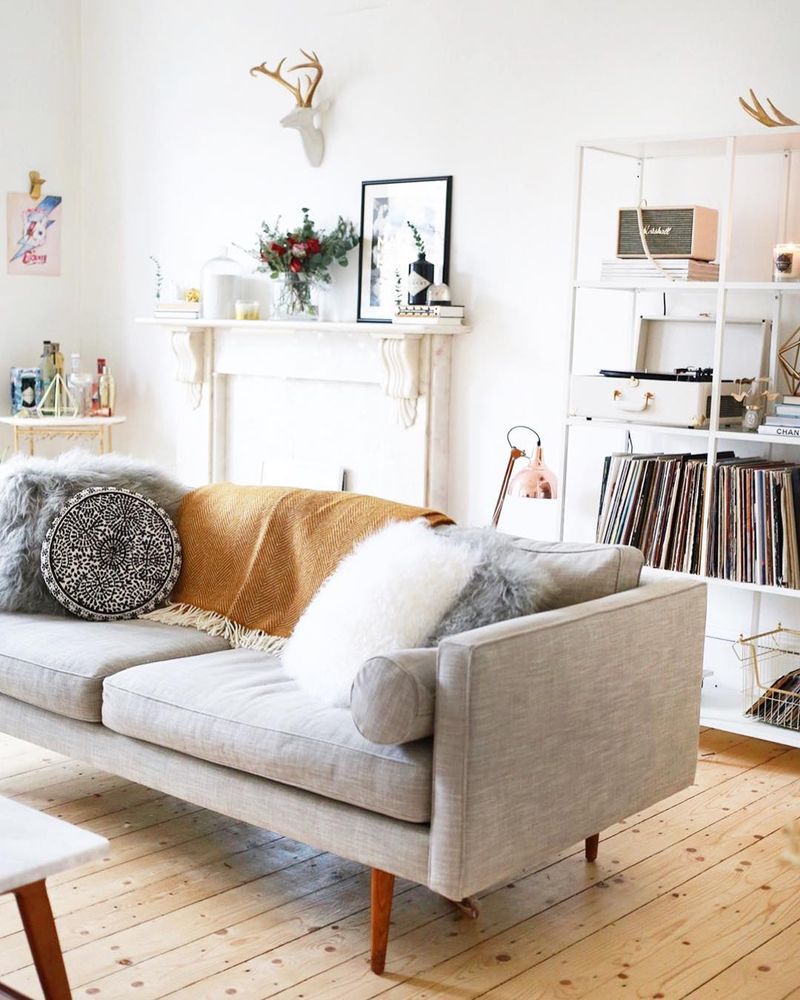
Did you know that furniture with visible legs creates a sense of airiness? Unlike bulky pieces that sit directly on the floor, furniture with exposed legs allows you to see more floor space, making the room feel less cramped. This visual trick works wonders in tight spaces!
When shopping for sofas, chairs, or tables, look for mid-century modern designs that typically feature tapered legs and elevated profiles. Even your coffee table can contribute glass-topped tables with slim legs maintain an open feeling in the center of your room.
This approach doesn’t mean sacrificing comfort either. Many stylish, comfortable sofas and armchairs come with that valuable space beneath, creating breathing room in your layout.
4. Keep Window Treatments Minimal
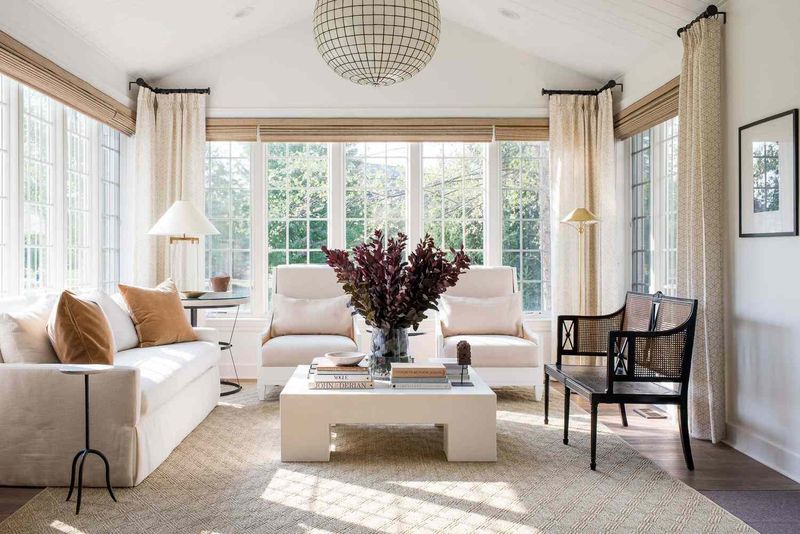
Heavy drapes can make a small room feel confined and dark. I always recommend keeping window treatments light and minimal to let in maximum natural light and create a sense of openness. Sheer curtains or simple blinds work perfectly without overwhelming the space.
If privacy is a concern, try top-down bottom-up shades that let light in while maintaining your privacy. Another great option is hanging curtain rods wider than your windows when open, this allows the entire window to be exposed, making it appear larger.
The color of your window treatments matters too. Choose options that blend with your wall color rather than creating stark contrasts that can visually chop up the room.
5. Opt for Multi-Functional Furniture
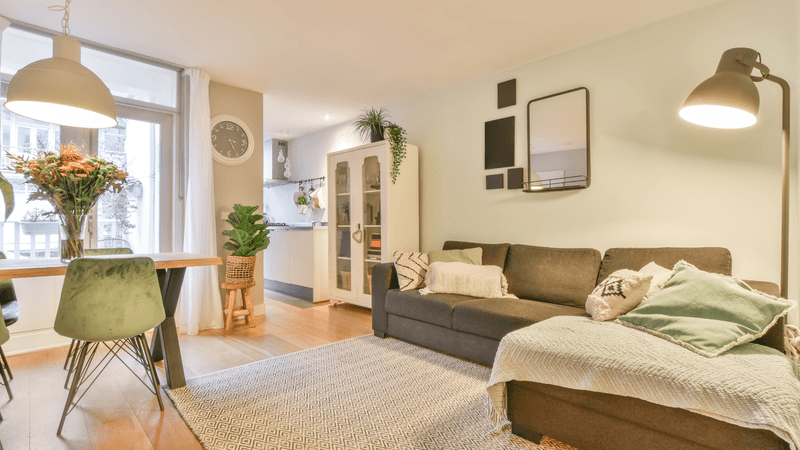
Smart furniture choices can revolutionize a small living room! I love pieces that serve multiple purposes like ottomans with hidden storage, sofa beds for guests, or nesting tables that can be expanded when needed. These versatile items reduce the amount of furniture you need while maximizing functionality.
Consider a coffee table with drawers or shelves, or a storage bench that provides both seating and a place to stash blankets. Wall-mounted desks that fold away when not in use are perfect if you sometimes work from your living room.
The key is thinking about your specific needs and finding clever solutions that don’t eat up precious floor space. Each piece should earn its place by serving at least two functions.
6. Declutter Surfaces Regularly
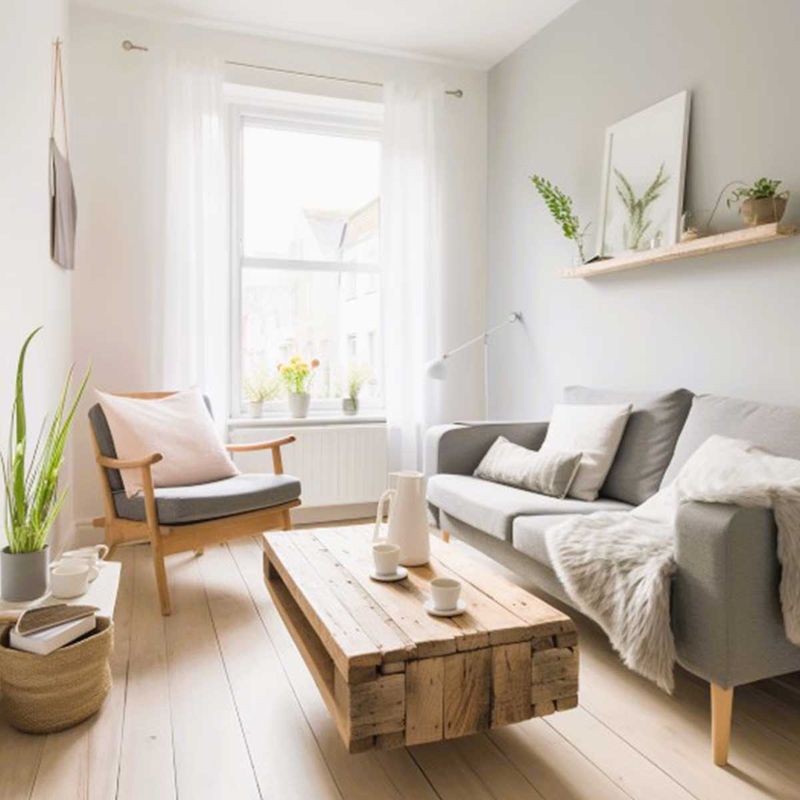
Nothing makes a small space feel more cramped than clutter! I’ve found that maintaining clear surfaces is one of the simplest yet most effective ways to create a sense of spaciousness. Start by keeping coffee tables, side tables, and shelves free from unnecessary items.
Adopt the habit of putting things away immediately after use, and be ruthless about what deserves display space. Choose just a few meaningful decorative items rather than many small ones this creates visual breathing room that makes the entire space feel larger.
Even electronics contribute to visual clutter. Consider hiding cords with cord covers or behind furniture, and mount your TV on the wall to free up surface space.
7. Use Vertical Storage Solutions
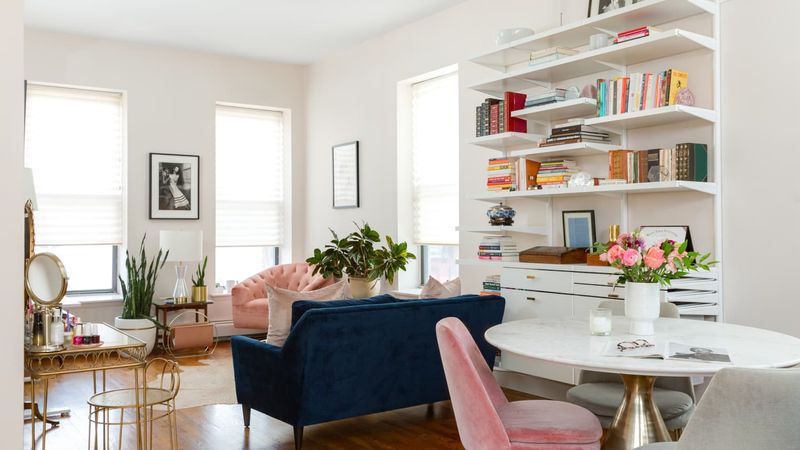
When floor space is limited, the walls become your best friends! Vertical storage draws the eye upward and creates the impression of height while keeping essentials organized. Floor-to-ceiling bookshelves, floating shelves, and wall-mounted cabinets are game-changers in small living rooms.
If you’re renting and can’t install permanent fixtures, tall freestanding bookcases achieve a similar effect. The trick is arranging items thoughtfully leave some empty space on shelves rather than packing them full, and organize books and objects by color for a cohesive look.
Wall-mounted TV units with storage underneath provide entertainment solutions without sacrificing valuable floor real estate. Remember to keep heavier items at lower levels for both safety and visual balance.
8. Incorporate Glass or Lucite Pieces
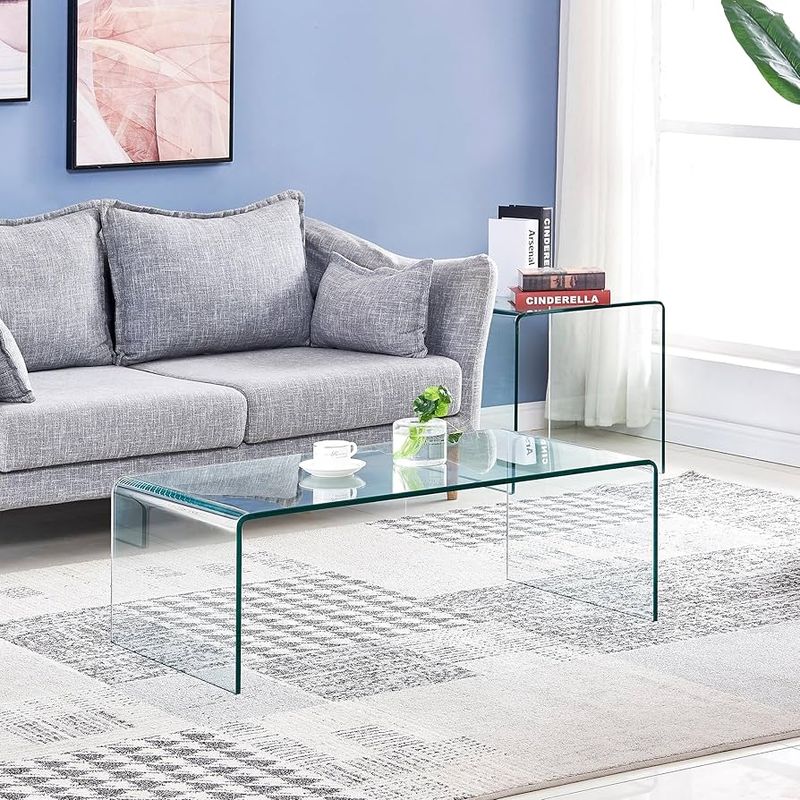
Transparent furniture creates visual magic in small spaces! Glass coffee tables, lucite chairs, or acrylic side tables literally disappear in your space, reducing visual weight while still providing function. I’m always amazed at how these see-through pieces can make a room feel instantly more open.
The transparency allows your eye to travel through the furniture rather than stopping at solid objects. This continuous visual flow makes the entire room feel more expansive. These materials also reflect light beautifully, adding to the bright, airy feeling.
While completely transparent pieces work wonders, even furniture with glass elements – like tables with glass tops but wooden legs can help create that desired spacious effect without sacrificing warmth or style.
9. Arrange Furniture Away from Walls
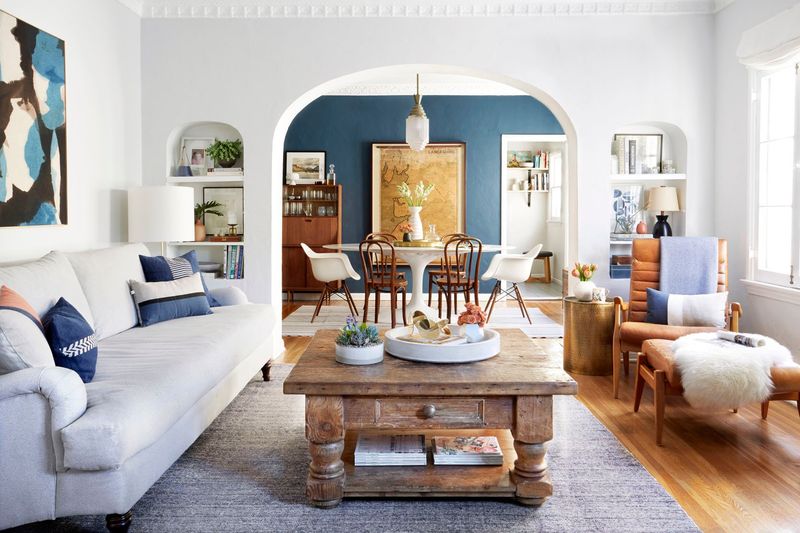
It might seem counterintuitive, but pulling furniture slightly away from walls can actually make a room feel larger! This technique, called floating furniture, creates breathing space around your pieces and makes the layout feel more intentional. Even a few inches of space can make a significant difference.
Try positioning your sofa and chairs to form a conversational area in the center of the room. This approach defines the living space while creating movement pathways around the furniture. If your room is very small, even floating just one piece, like an armchair, can help.
This arrangement style works especially well when combined with a properly sized area rug that unifies the furniture grouping. The result is a room that feels curated rather than cramped.

